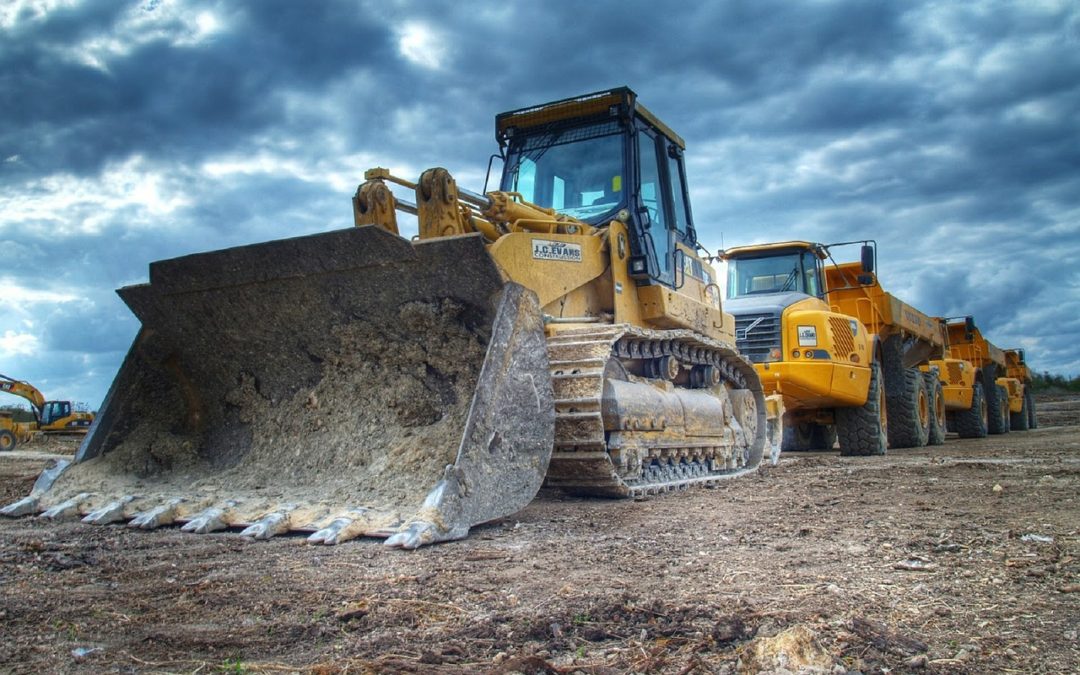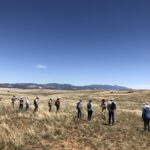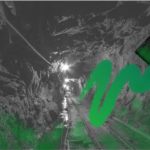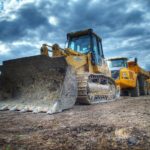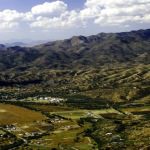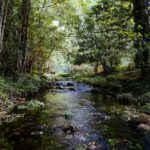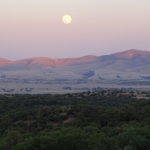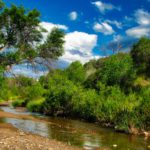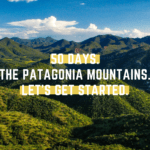One would be forgiven for being unaware of the major events of 1872, so allow us to remind you:
- Ulysses S. Grant defeats Horace Greeley to win the U.S. presidency.
- Suffragist Susan B. Anthony is served an arrest warrant for the crime of voting and fined $100.
- Yellowstone is established as the world’s first national park.
- The General Mining Act passes in an effort to encourage development in the American West.
Today, most of these things are different. President Grant is no longer in office. Women have voting rights. National parks are now enjoyed all over the world.
Yet hardrock mining still largely operates under a law written almost 150 years ago, and we are paying the price.
1872 Mining Law
150 years ago, the federal government sought to promote Western settlement by giving hardrock mining companies an offer they couldn’t refuse. Suddenly, 270 million acres of public land (about ¼ of all US land) became an incredible business opportunity.
Unlike coal, oil, and natural gas extraction, which pays a 8%-12.5% royalty, the hardrock resources like copper and gold beneath the land are nearly free to any domestic or foreign mining entity. Anyone need only discover the presence of valuable resources to stake a claim and gain mining rights on public land. Before extracting billions of dollars worth of minerals, taxpayers are owed a cost established in 1872: under $5 per acre. No, we didn’t forget a zero.
For example, in 1996 “a Canadian mining company proposed a mine at the doorstep of Yellowstone National Park. The threat of the mine caused an uproar, and taxpayers paid $65 million to buy back land that the company had bought for $5 an acre” (Multinational Mining Corporations Are Exploiting US Taxpayers).
The law also fails to include any provisions for environmental responsibility. According to Earthworks, the Environmental Protection Agency (EPA) “declared 40% of the headwaters of all western watersheds polluted by mining in 2000. EPA has identified the hardrock mining industry as the nation’s largest toxic polluter – contributing almost half of all reported toxic releases in the U.S.” Because the law specifically establishes mining as “the highest and best use” of public lands, it is an uphill battle for communities like the Patagonias to restrict mining activity on the grounds of environmental protection.
19th century legislation in the 21st century
Why do we allow laws intended for miners with pick-axes and gold pans to drive modern mining? In 1872, electricity hadn’t even been sold yet in the US. This means that a bill likely inked by lamplight now is to blame for problems like light pollution so severe that native bird wildlife is impacted– problems that President Grant could not have possibly imagined.
Put simply: this law has made it easy for hardrock mining companies to make extravagant profit by exploiting public land, and it is in their interest to maintain the loose current legislation. The National Mining Association (NMA) is one industry advocacy group that spends millions of dollars lobbying for coal and hardrock mining. NMA was even recently joined by a former EPA chief of staff.
In the article Multinational Mining Corporations Are Exploiting US Taxpayers, we see how mining industry advocacy groups influenced land conservation efforts in neighboring Utah:
“Dramatic cuts to protected public lands within Bears Ears National Monument reflect lobbying efforts from a uranium company, Energy Fuels Resources, that owned mining claims within the original boundaries. Conveniently, most of these claims now fall outside the newly reduced monument’s borders. After pressure from uranium companies, President Trump also created a Nuclear Fuel Working Group, where high-level administration officials are tasked with developing recommendations to ramp up uranium mining and production in the United States.”
In 1934, a board commissioned by FDR concluded that the General Mining Act was outdated. Since then, this conclusion has been confirmed and reported upon through the , to little avail. In 2007, House Natural Resources Committee Chairman Nick Rahall (D-WV) and Subcommittee on Energy and Mineral Resources Chairman Costa (D-CA) proposed the Hardrock Mining and Reclamation Act of 2007, HR 2262. The proposed bill would reform many aspects of the General Mining Act, such as implementing royalties up to 8%, strengthening oversight/enforcement, expanding protected areas, and creating environmental standards for operation and reclamation.
The same year the bill was in Congress, NMA spent over $4.5 million on lobbying expenditures— more than any total in the last 20 years except 2011. Passed by the House of Representatives, it then died in the Senate. This began a series of reform bills under the “Hardrock Mining and Reclamation Act” name in 2009, 2014, 2015, 2016, and 2017, all of which died either in committee or in Congress. The recent laws have been championed by representatives like Sen. Tom Udall (D-New Mexico), Rep. Raul Grijalva (D-Arizona), and Rep. Peter DeFazio (D-Oregon).
With a new Biden/Harris administration comes hope that extractive industry regulation will get the attention it deserves. Earthworks lists these recommendations and priorities for future mining reform:
- Meaningful Tribal consultation, public participation and review in decisions on permitting, bonding, inspections, and enforcement.
- Discretion for land managers to balance mining with other potential land uses and the protection of treasured places, sacred sites, wildlife, and water resources.
- Performance standards for hardrock mining operations.
- Best available technology standards for mine waste (tailings) management.
- Reclamation standards restoring sites to pre-mining hydrological conditions, fish, and wildlife habitats.
- Adequate financial assurances for all reclamation costs, including long-term water treatment.
- Managing, mitigating, and planning for climate impacts.
- Enforcement, accountability, and fees charged to mine operators to defray administrative and enforcement costs.
Learn more
- Check out this handy guide by Earthworks
- Watch this film about the fight for our public lands by Patagonia (the clothing company!)
- Sign up for PARA’s newsletter to keep up-to-date on mining activities in Patagonia (the region!)

